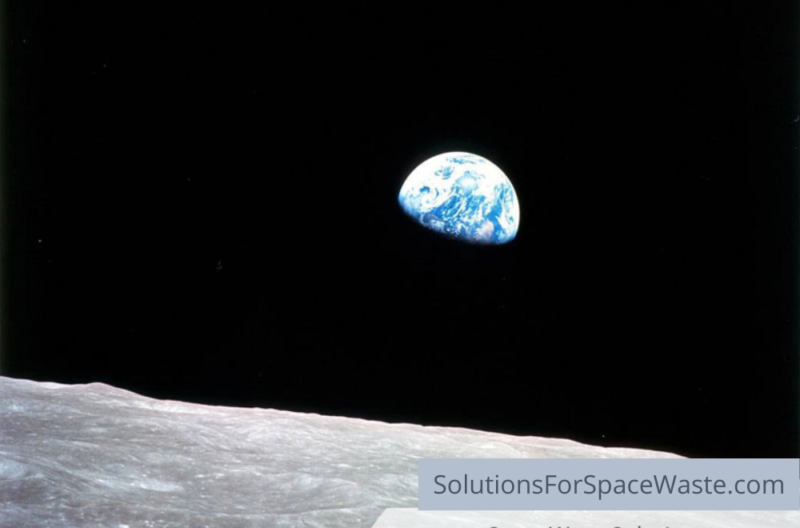
Buckle up, space fans. January has historically been a roller coaster of success and heartache. Over the years, the month of January has seen ground breaking progress in space exploration. Unfortunately, two of the greatest tragedies of space travel also occurred during this month.
Mark Your Calendars
Commemorate these space dates and remember the heroes who lost their lives in the name of science and exploration.
January 4, 1959
Luna 1, also known as Mechta, became the first artificial satellite to reach the Moon vicinity and first artificial satellite in heliocentric orbit. Launched as part of the Soviet Luna program, Luna 1 missed the Moon due to an incorrectly timed upper stage burn during its launch. As a result, it became the first spacecraft to leave geocentric orbit.
January 27, 1967
In one of the most tragic incidents in space exploration, a flash fire swept through the Apollo I command module, engulfing it in flames during a ground test at Kennedy Space Center. Astronauts Gus Grissom, Edward White and Roger Chaffee were killed in the launchpad fire. They were the first U.S. astronauts to die in a spacecraft.
January 28, 1986
The world watched as the Space Shuttle Challenger exploded just 73 seconds after its launch from Cape Canaveral. Commander Francis R. Scobee, Pilot Michael J. Smith, Mission Specialist Ronald McNair, Mission Specialist Ellison Onizuka, Mission Specialist Judith Resnik, Payload Specialist Gregory Jarvis and Teacher and Payload Specialist Christa McAuliffe were all killed in the explosion.
This was the tenth flight of Space Shuttle Challenger. The Rogers Commission, a special commission appointed by President Ronald Reagan to investigate the accident, found NASA’s organizational culture and decision-making processes had been key contributing factors.
January 31, 1961
Ham, a chimpanzee, became the first Hominidae to be launched into space. Ham, an acronym for Holloman Aerospace Medical Center, began his training in July 1959. Ham’s flight was only 16 minutes and 39 seconds long but his performance in space was only a fraction of a second slower than on Earth, demonstrating that tasks could be performed in space.















